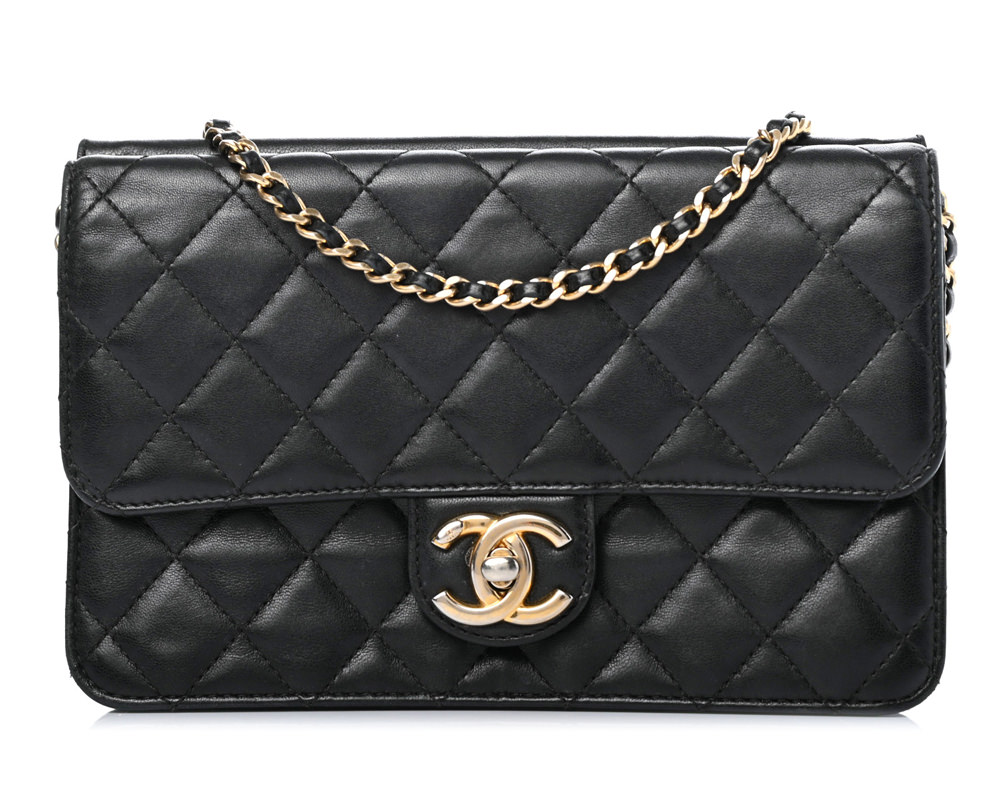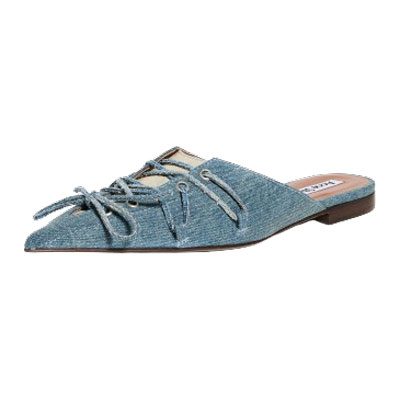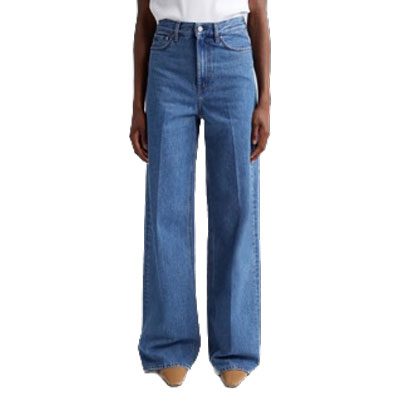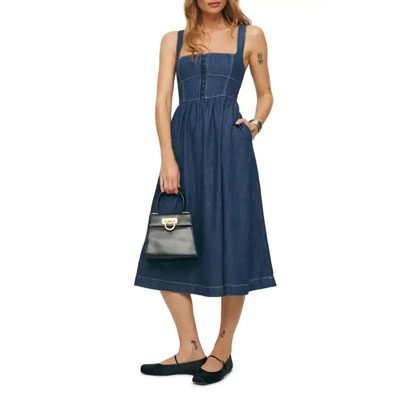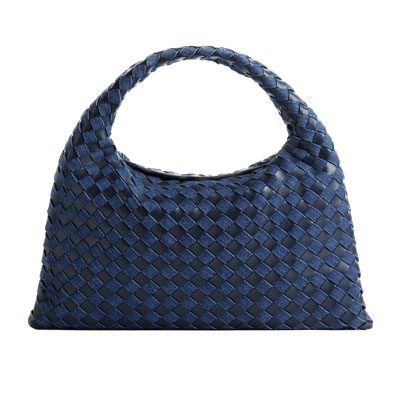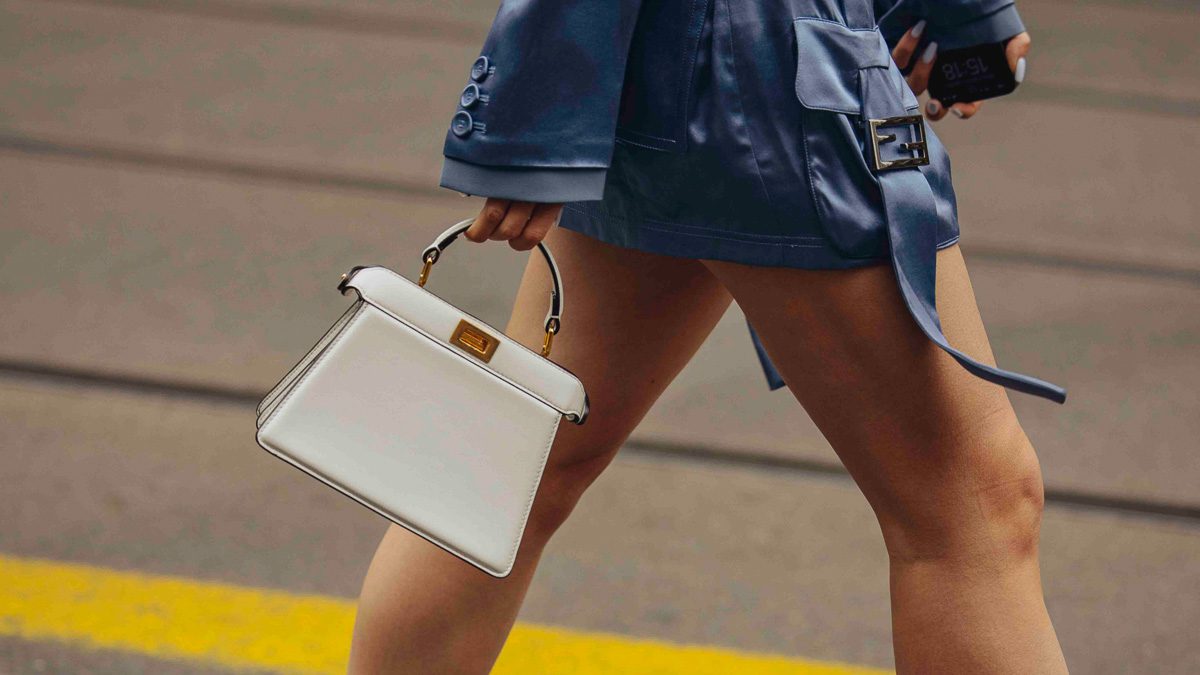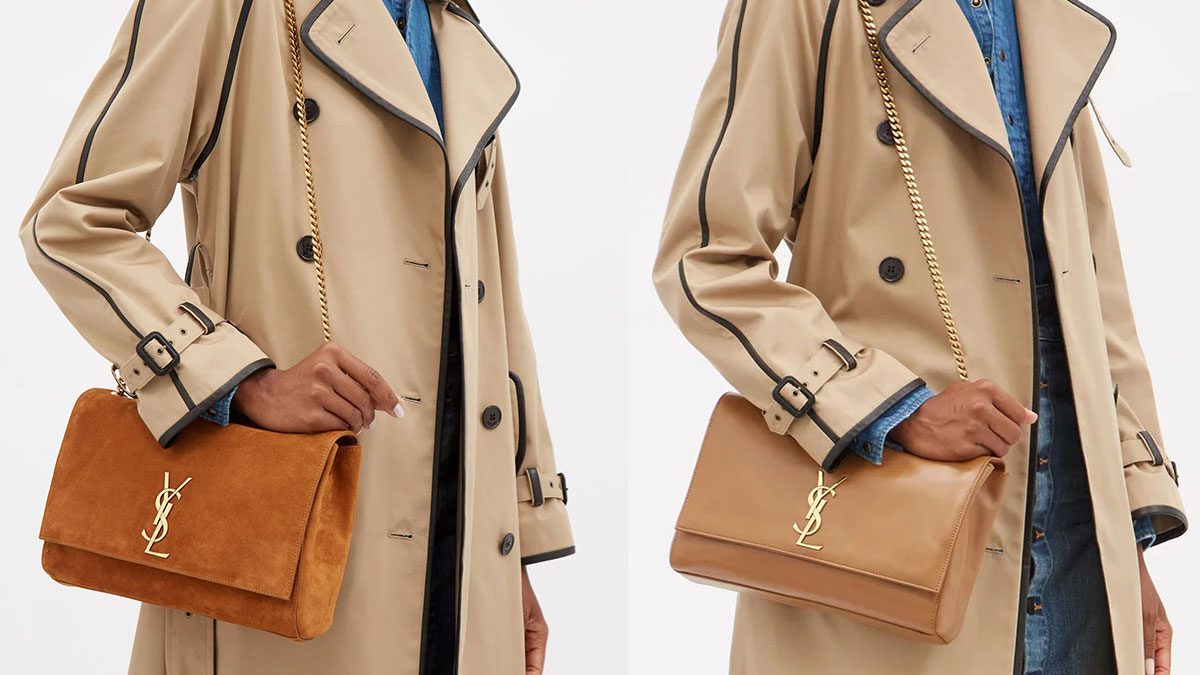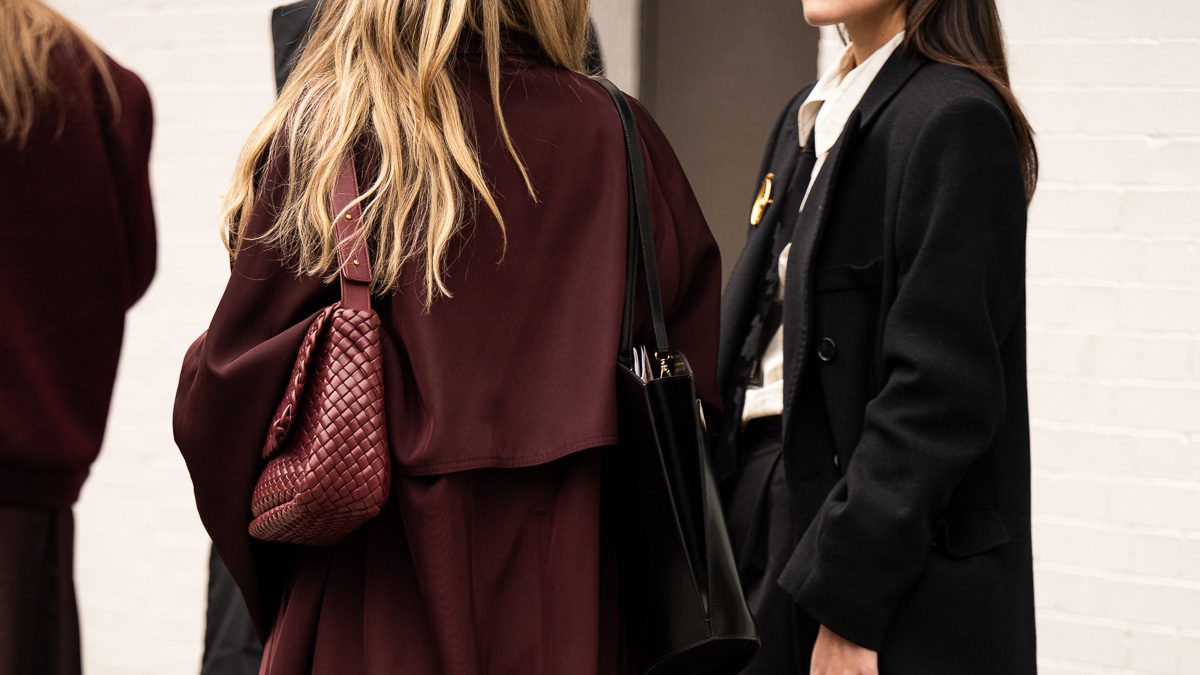After giving birth to my daughter Alessia, I found myself overwhelmed by more than the usual baby-related paranoia. It wasn’t just about juggling the needs of an additional member of the family but about finding my way back to myself. Physically speaking, I did not recognize my body. Even more so, I did not feel like myself in my very own clothes.
My closet was suddenly filled with items that simply didn’t look good on me. An extension of my likes and dislikes, my pants and dresses and skirts and shirts have always been my initial presentation to the world, my first “Hi! This is me! Nice to meet you!” And now—given a few extra pounds, a shifting lifestyle (no more office!), and a different world order—I was no longer sure who “me” was and what “me” should wear.
Whereas my overalls used to indicate a sort of playfulness, they now seemed like an off-choice by someone who wanted to be perceived as stylish but clearly wasn’t. My plenty of matching skirt-and-shirt outfits, always ideal day-to-night choices, no longer translated as cool while on a walk through the park with a stroller. Although my clothes functioned as they should have (they still covered my body, after all), they didn’t send the same messages they used to.
It all got me thinking: do we dress for ourselves or the people around us? Do our fashion choices say anything about us? Did I feel uneasy in my clothes because I didn’t like how I looked wearing them or was I uncomfortable with what others might think about my outfits? Was it wrong of me to even think of others when dressing myself?
If there is one thing that the late New York Times fashion photographer Bill Cunningham, who covered New York’s street style scene for close to three decades, taught us, it is that clothes are more than rags thrown any which way to protect humans from the weather and from exposing themselves. As Cunningham said: “Fashion is the armor to survive everyday life—” and he clearly meant more than a sweater’s ability to keep you warm.

In his weekly column, Cunningham would highlight both eclectic and more traditional outfits, creating a collection of looks that told the story of the New Yorkers wearing them and those who would leaf through the pages of the weekend edition of the paper. The streets of New York—Cunnigham’s little Eden and office space—have always been filled with characters that have a lot to say, and so, as a reader, the draw of Cunningham’s photos wasn’t necessarily fashion inspiration but the dissection of the very messages that folks in bright pink heels, extravagant hats, and muted black dresses would blast out. Yes, it was about what they looked like, but it was also about what those looks said.
Valued at hundreds of billions of dollars, the fashion industry is a multifaceted, eclectic, worldly, and personal one simultaneously: it varies according to one’s unique taste, geographic location, lifestyle, and even one’s mood on any given day. Almost surprisingly, it is also understood on a universal level: I might not be a fan of brand merch (your neighborhood deli’s T-shirt, for example), but if I were to see someone carrying a New Yorker tote bag, I’d likely gather a few key factoids about him or her.
Interestingly enough, the idea of fashion-with-a-message is actually a relatively modern one.
“Clothes have not always been as influential a ‘tell’ of our personalities as they are today,” explains PsychologistWorld.com. “Only as a result of technical advancements over centuries have fashion choices become significant.”
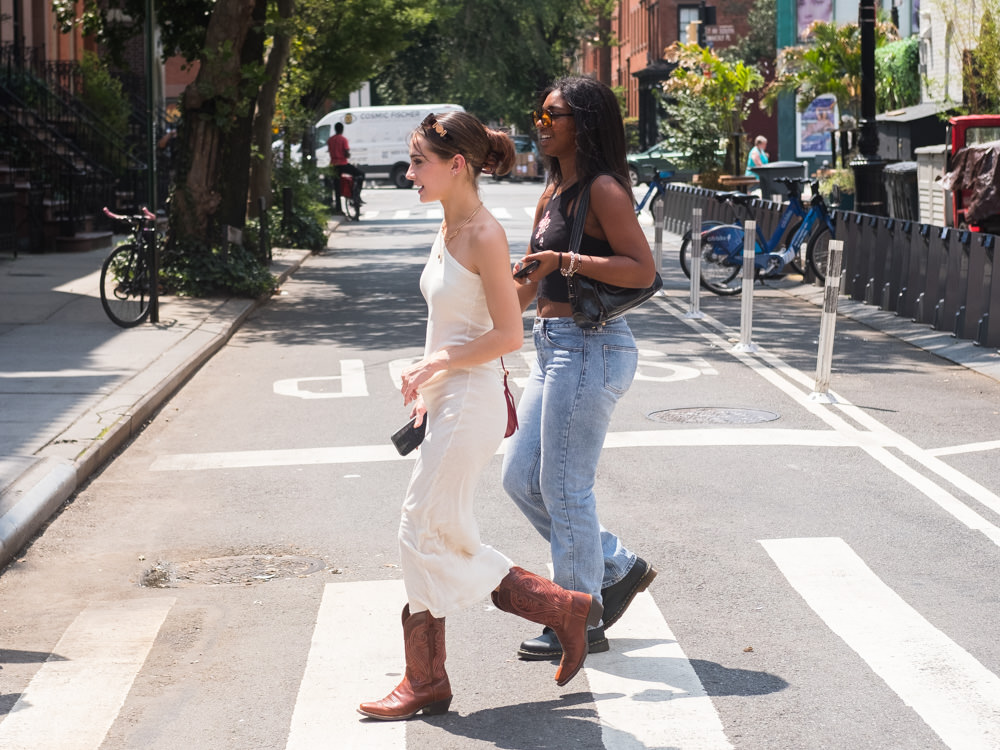
Put simply, clothes have moved from being practical objects with stated functions to something more sophisticated than that. Each garment has become a marker of personal, social, and ethical standards. According to PsychologistWorld.com, countless studies have suggested that one’s outfit might contribute to one’s attractiveness, might indicate one’s religious and cultural values and might even display one’s political leanings (case in point: suffragette white!).
An extreme example of the “clothes have a meaning” concept involves Hasidism, members of the strictest sect of orthodox Jews. Seeking modesty above all else, women within the community are to be completely covered at all times. That humility is also on display through their use of wigs or headscarves, which are meant to conceal their naturally beautiful (and private) hair.
Hasidic men are also to be modest and not attract undue attention by covering their bodies. You’ll virtually never see them wearing shorts but, rather, long pants and long-sleeved shirts. If wearing sandals (a very rare occurrence), they’ll do so with socks.
Hasidim seem to understand how important fashion is in telling a story and how connected the act of dressing is to the act of being. Their lives are to be honest and modest, dedicated to the study of the religion, and their traditionally simple outfits say just that. Almost ironically, the plainer the clothes, the stronger the message.
Of course, when taken to the extreme, the idea that the items we wear daily say something about us leads us directly to the notion of brand signalism. Do we purchase certain, usually high-end bags, shoes, dresses, and jackets because they signal to the world that we can afford them? Do we unconsciously—or, perhaps, even consciously—lean towards the $3,500 Chanel purse because it tells those around us that we are successful enough to be able to spend that money? More importantly: do we only buy the Chanel bag so that we appear rich, or do we actually like the Chanel bag?
“The appearance of having money matters more to people than actually having it,” a friend said to me when discussing the topic.
“If we look rich, we feel rich,” another friend said, agreeing that we dress the part to, well, get the part.
“But there is something to be said about actual quality,” a third pal posited. “With high-end designers, the materials are usually better than, say, Zara.”
As this bit of conversation indicates, the truth is found somewhere in-between. Sure, we care about the way we look because we want to be perceived as put-together, rational, and, yes, stylish individuals—and, sometimes, we believe that going for the most expensive item might accomplish just that (as a friend explained it to me: “I have the quilted black Chanel bag, therefore I am stylish.”). It is also true that some of the pricier items that folks buy merely to send a message of wealth are actually more durable and better made than their cheaper counterparts. One thing is certain: whether wearing Gucci flats or Zara shoes, we are trying to say something without using our words because we know people will decipher our fashion choices whether we want them to or not.
And is that truly a bad thing? Is it horrible to care so much about what people think of us based on what we wear? In a way, isn’t it more honorable to judge someone by the clothes they choose to don over the color of their skin or how much money they have in their bank accounts? I’m not sure but, for what it’s worth, I’ll spend the next few months tidying up a closet filled with clothes that make me feel really good about myself even after just having had a baby.

